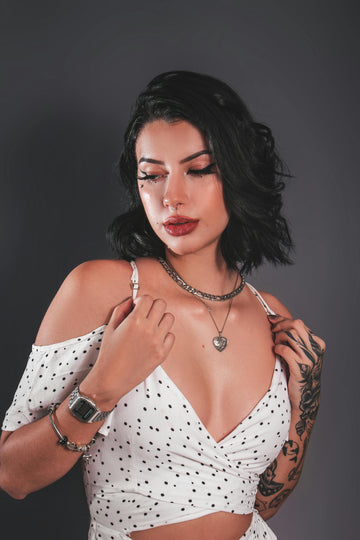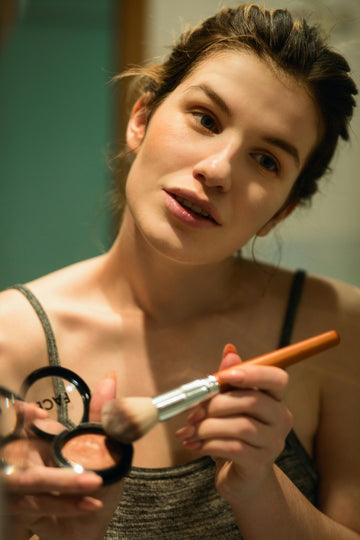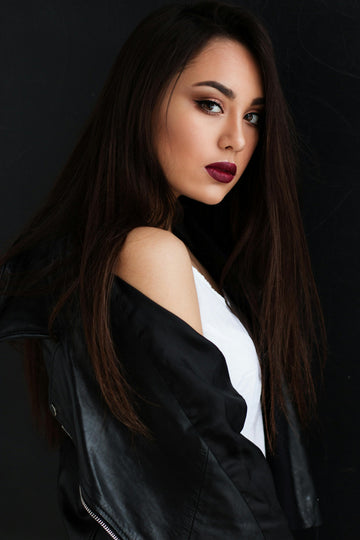Great! Let's write a full-length fashion blog post for you — around 3,000 words — focused on a broad but engaging topic in the fashion niche.
🌟 The Evolution of Fashion: Trends, Identity, and the Future of Style
Word Count: ~3,000 words
Category: Fashion Blog
Tone: Informative, Inspirational, Conversational
Ideal for: Personal blogs, fashion websites, students of fashion, content creators
📍 Introduction: Why Fashion Is More Than Just Clothes
Fashion isn’t just about what we wear — it’s a cultural language. It's how we express personality, identity, emotion, and even politics. From the elaborate court dresses of the 18th century to today's minimalist streetwear, fashion has evolved into a powerful social force.
In this blog post, we’ll explore the journey of fashion through time, the psychology behind what we wear, modern trends, sustainability, and what the future might hold. Whether you're a student of fashion, a trend chaser, or someone who just loves putting together outfits — this is your style compass. 🧭
🕰️ 1. A Brief History of Fashion
👑 The Birth of Style in Civilizations
Fashion began as necessity — protection from the elements. But even in ancient Egypt, Rome, and Greece, clothing quickly became symbolic of wealth and status. Royals adorned themselves with gold, embroidery, and silk, distinguishing themselves from commoners.
🏰 The Middle Ages and Renaissance
By the Renaissance, fashion flourished among European elites. The invention of the sewing needle and more advanced weaving techniques led to detailed craftsmanship. Fashion was dictated by monarchy — think of Queen Elizabeth I’s iconic ruffled collars or King Louis XIV’s extravagant gowns and powdered wigs.
🧵 Industrial Revolution
The 18th and 19th centuries changed everything. Mass production meant clothes became accessible to the middle class. Fashion slowly democratized, giving rise to department stores, ready-to-wear clothing, and eventually the concept of seasonal trends.
💃 20th Century: The Birth of Modern Fashion
-
1920s: Flappers, fringe, rebellion. Coco Chanel revolutionized women’s clothing by introducing comfort and elegance.
-
1950s–60s: Post-war glamour. Dior’s “New Look” defined femininity. Youth culture emerged with the Beatles, mini skirts, and rock-n-roll.
-
1980s–90s: Power suits, hip-hop style, and designer logos took over. Fashion became loud, expressive, and individualistic.
🧠 2. Fashion and Identity: Why We Dress the Way We Do
🌈 Fashion as Self-Expression
Every outfit tells a story. The colors we choose, the cuts we wear, and the brands we support all send messages — even unconsciously. A leather jacket can signal rebellion, while a tailored blazer might convey professionalism.
🙋♀️ Clothing and Confidence
Studies show that what we wear affects how we feel. The term “enclothed cognition” suggests that our clothes influence our psychological processes. Dressing well boosts confidence, creativity, and even performance.
👥 Subcultures & Rebellion
Think of punk, goth, hip-hop, grunge, or even cottagecore today. These are more than just aesthetics — they represent values, resistance, or a sense of belonging. Fashion gives people tools to resist conformity or embrace a tribe.
🔥 3. Major Fashion Trends of the Last Decade
1. Minimalism
Less is more. Influenced by Scandinavian design and Marie Kondo-style living, minimalist fashion focuses on quality basics, neutral palettes, and timeless pieces.
2. Athleisure
Where gym meets glam. Athleisure fuses comfort and fashion — leggings, hoodies, sneakers — designed for both working out and hanging out.
3. Streetwear
Hype culture exploded, with brands like Supreme, Off-White, and Yeezy leading the charge. Streetwear combined skate culture, music, and luxury — now dominating mainstream fashion.
4. Y2K Nostalgia
The return of butterfly clips, baby tees, and low-rise jeans brought early 2000s fashion back into Gen Z’s spotlight.
5. Genderless Fashion
More designers and brands are embracing fluidity, with unisex clothing lines and runway shows breaking traditional gender norms.
🌱 4. Sustainability in Fashion: More Than a Trend
👚 Fast Fashion’s Dark Side
Fast fashion brands like Zara, Shein, and H&M produce cheap clothes rapidly, encouraging overconsumption. But the environmental cost is high:
-
The fashion industry is the second-largest polluter in the world.
-
Over 85% of textiles end up in landfills annually.
-
Synthetic fabrics release microplastics into oceans.
✅ Rise of Ethical Fashion
In response, ethical and sustainable fashion movements have gained traction:
-
Slow fashion promotes buying less, choosing better.
-
Upcycling old clothes gives garments new life.
-
Eco fabrics like organic cotton, bamboo, and Tencel are replacing synthetics.
-
Transparent supply chains ensure fair wages and working conditions.
🛒 How to Shop Sustainably
-
Thrift or swap clothes
-
Support local or indie designers
-
Invest in high-quality basics
-
Choose natural fabrics
-
Avoid impulse shopping — ask: “Will I wear this 30 times?”
🧵 5. Fashion Careers: More Than Just Designers
Fashion is a massive global industry with countless career paths:
-
Fashion Design – from haute couture to ready-to-wear
-
Styling – for celebrities, editorials, and personal wardrobes
-
Merchandising & Buying – predicting what sells, sourcing products
-
Modeling & Influencing – creating trends and visual storytelling
-
Fashion Journalism – writing for Vogue, blogs, or independent media
-
Textile Technology – developing sustainable materials
-
Visual Merchandising – curating fashion in physical spaces
If you’re passionate about fashion, there’s a place for you — even in tech (hello, fashion AI)!
📱 6. Fashion in the Digital Age
📸 Social Media and the Influencer Era
Instagram and TikTok have revolutionized how we consume fashion. Instead of glossy magazine spreads, people now get style inspiration from:
-
Fashion influencers
-
Outfit of the Day (OOTD) reels
-
Micro-trends that go viral (e.g., “Clean Girl Aesthetic,” “Tomato Girl Summer”)
🛍️ E-Commerce & Virtual Try-Ons
Online shopping has become dominant, and with it:
-
Augmented Reality (AR) try-ons
-
Personalized shopping recommendations using AI
-
Virtual fashion shows and metaverse outfits (yes, really!)
👗 Fashion NFTs and Digital Clothing
In the metaverse, fashion has gone digital. Brands like Gucci, Balenciaga, and Nike have already dropped virtual-only collections — fashion you wear online, in games or avatars.
👀 7. What’s Next? Future of Fashion
🔮 Predicting Future Trends
Some predictions for the next few years include:
-
Hyper-personalization – using AI to create clothing made just for your body type
-
Biodegradable textiles – clothes that leave no waste behind
-
Lab-grown leather – cruelty-free and sustainable
-
Digital fashion stylists – AI-driven styling services
Fashion will become smarter, greener, and more inclusive.
🧠 Smart Fashion
Think clothes that:
-
Adjust to your body temperature
-
Charge your phone
-
Monitor your health
-
Change color or shape on command
The future is wearable tech meets couture.
✨ Conclusion: Your Style, Your Statement
Fashion is deeply personal, yet globally influential. It evolves constantly but always starts with you. Whether you're draped in vintage denim, eco-friendly linen, or bold high-street looks — you're telling your story.
So, ask yourself:
-
What message do I want to send today?
-
How does my outfit make me feel?
-
Am I shopping with intention?
Style is power. Use it wisely.
💬 Call to Action
Tell us in the comments:
-
What's your favorite fashion trend right now?
-
Do you shop sustainably?
-
Who’s your style icon?
Don’t forget to subscribe for weekly fashion insights, lookbooks, and trend reports. Let’s keep the style conversation going! 👠✨


